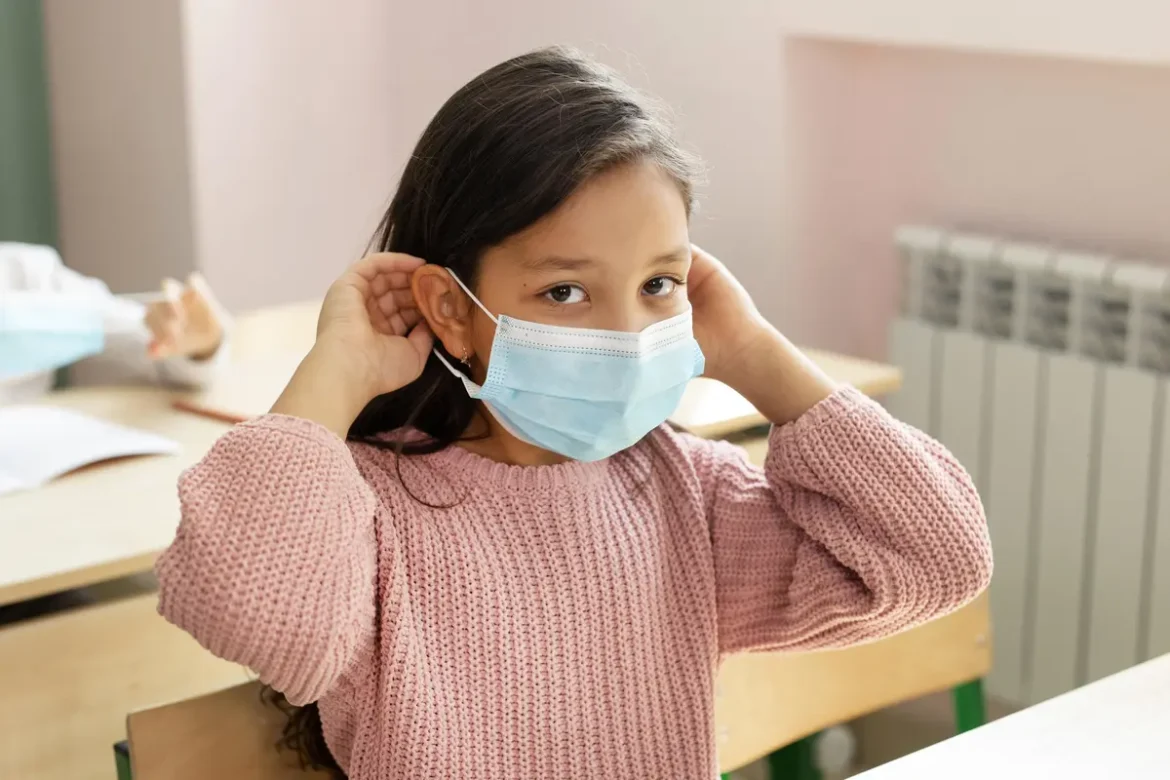The COVID-19 pandemic led to a significant increase in the dropout rate in India, rising from 1.8 percent in 2018 to 5.3 percent in 2020. This disproportionately affected marginalized communities, exacerbating existing inequalities. In this article, we are discussing the impact of the pandemic on education.
Importance of Schools for Marginalized Children
For marginalized children, schools provide safety, routine, and protection from child labor. They play a crucial role in preventing early marriages, ensuring mobility, and combating child hunger through midday meals. So, what are the challenges that the educational sector faced during the pandemic?
Challenges During the Pandemic
The pandemic caused income loss for 84 percent of households, making attending school even more challenging. Reports indicate that some children turned to alcohol and substance abuse, while stress and anxiety hampered their desire for education.
Decline in Education Quality
Post-pandemic, there was a decline in education quality across the country. Assessments revealed that a significant percentage of children lost language and mathematical abilities. Public school and marginalized community students fared the worst.
Digital Learning Challenges
Access to digital devices was limited, and online learning was not well-received, particularly by marginalized students. Poor internet connectivity and unprepared teachers further marginalized these students.
Digitization Not the Solution
Efforts to bridge learning losses heavily relied on digitization, which standardized content delivery but neglected the personal touch of teachers. It increased pressure on teachers and overlooked cultural and socio-economic differences.
Equity and Quality Go Hand-in-Hand
Addressing education inequity is crucial for improving quality. India’s stratified education system and inadequate resources in many public schools reinforce discrimination. A rights-based approach focusing on equity and universality can provide equal opportunities for all children.
But, what are the solutions for these challenges?
Solutions to improve the quality of education post-pandemic, include the following.
1. Designating an authority to ensure school attendance.
2. Providing necessary resources for education.
3. Offering support to out-of-school children to catch up.
4. Recognizing the link between equity and quality is essential for a more inclusive and effective education system.
Winding it up
The quality of education among others has gone down drastically during the pandemic. For the betterment of the future generation of the country, we must cater to improving the fundamental pillar of any country, i.e., education to ensure that the country is progressing further.



